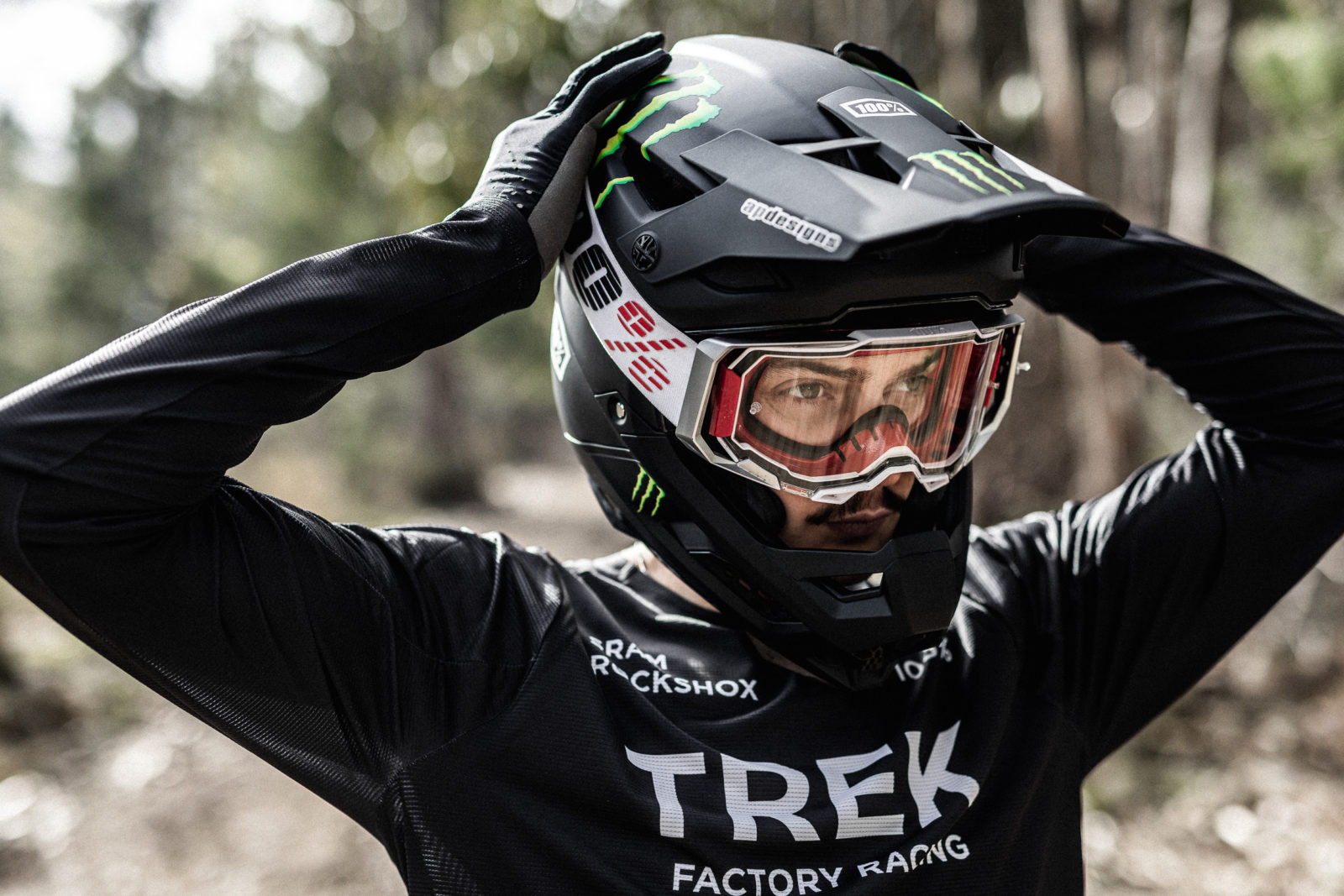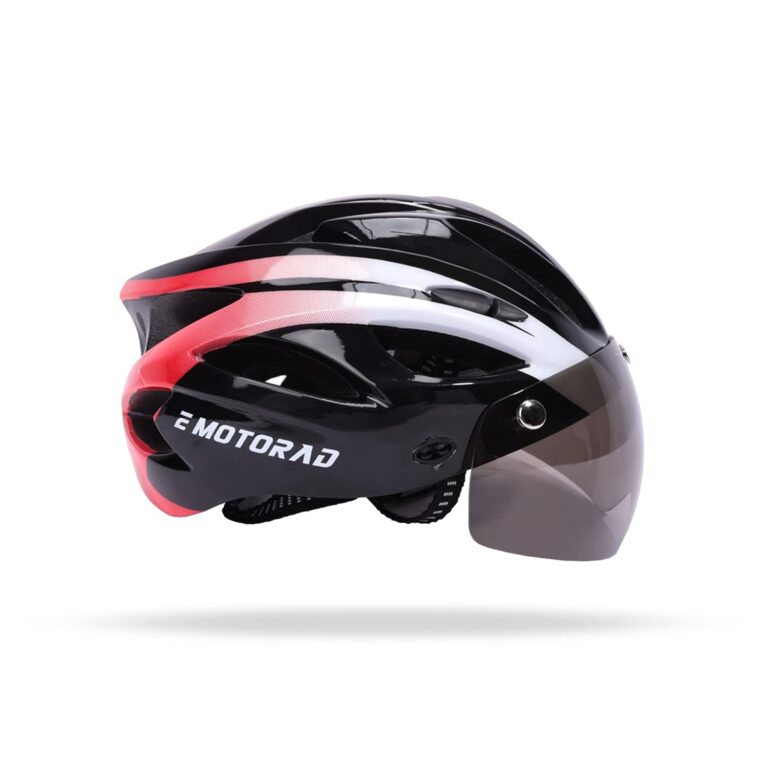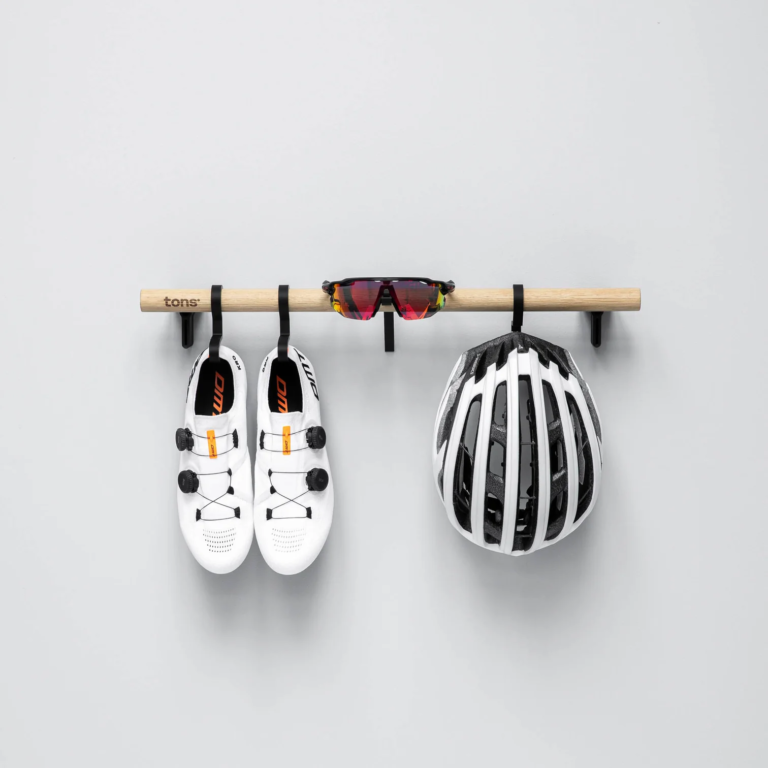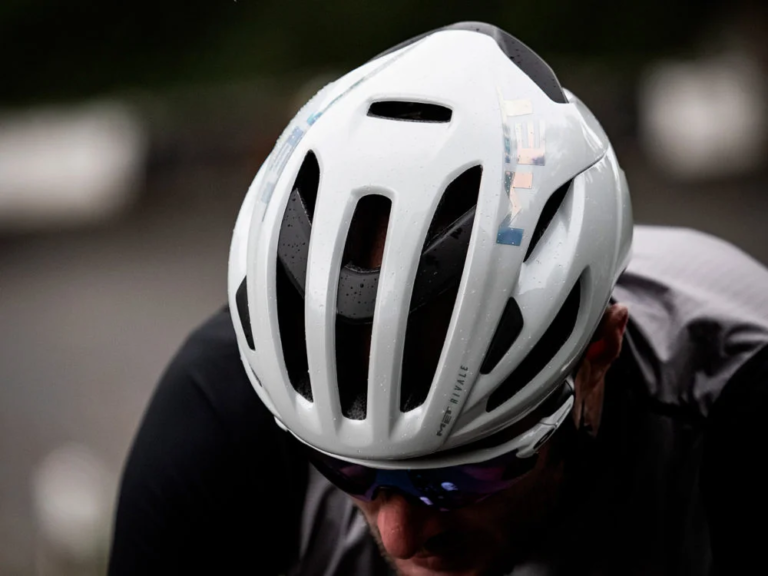Revolutionizing Your Ride: The Amazing Benefits of Lightweight Helmets for MTB Riding
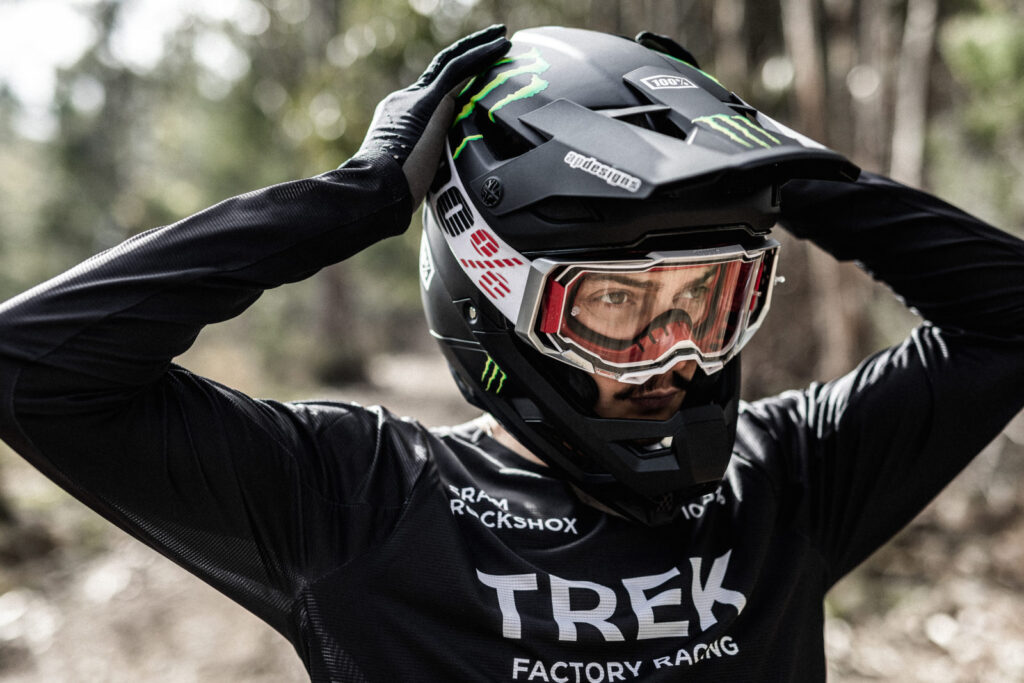
Key Point Summary of Lightweight Helmets for MTB Riding:
- Safety First: Look for helmets that meet safety standards.
- Weight Matters: Lightweight helmets improve comfort and reduce fatigue.
- Ventilation is Key: Good airflow keeps you cool and comfortable.
- Fit and Comfort: Ensure the helmet fits well for maximum protection.
- Extra Features: Consider added features like MIPS for enhanced safety.
- Price vs. Quality: Invest in a good helmet; it’s worth it for safety and comfort.
Safety Comes First
The primary role of any helmet is to protect your head. I remember a close call I had on a tricky downhill section; my helmet saved me from a serious injury. It’s crucial to ensure that the helmet you choose meets established safety standards. Look for certifications like CPSC, ASTM, or EN1078, which indicate that the helmet has been rigorously tested.
The Significance of Weight
The most noticeable feature of lightweight helmets is, well, their lightness. On long rides or during races, the difference a few grams can make is astounding. A lighter helmet reduces neck strain and overall fatigue, allowing you to ride longer and more comfortably. This is particularly important for beginners who are not yet accustomed to the rigors of prolonged rides.
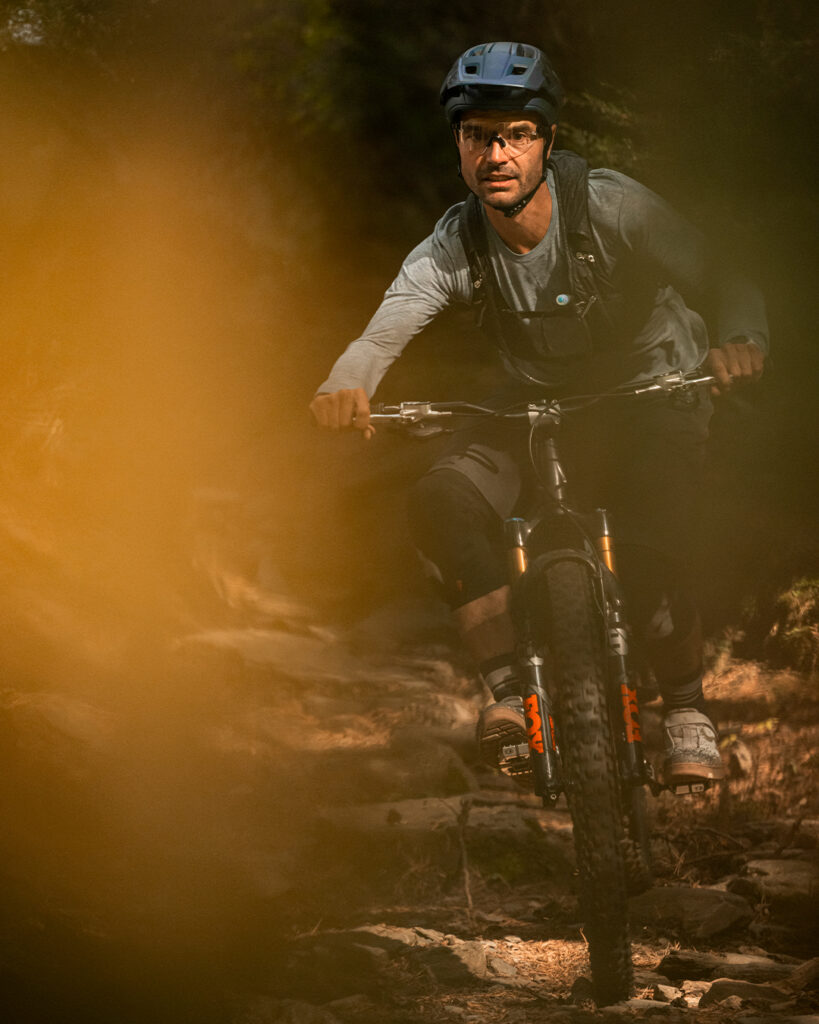
Ventilation: Your Best Friend on Hot Days
Proper ventilation is a lifesaver, especially on hot days or during intense efforts. I’ve had helmets that felt like ovens on my head, and switching to a well-ventilated helmet was a revelation. It keeps you cooler, reduces sweat, and generally makes the ride more pleasant. Look for helmets with multiple and strategically placed vents that facilitate airflow.
Fit and Comfort: Non-Negotiable
A helmet is no good if it doesn’t fit properly. An ill-fitting helmet can be distracting and, more importantly, less effective in protecting you during a crash. Most helmets come with adjustable straps and a retention system at the back to ensure a snug and secure fit. Don’t hesitate to try on several models and sizes. Remember, comfort is key; you’ll be wearing this helmet for hours on end.
Extra Features: Worth Considering
Nowadays, helmets come with various additional features. One such feature is the Multi-directional Impact Protection System (MIPS). It adds an extra layer of safety by reducing rotational forces on the brain during angled impacts. While helmets with MIPS are generally more expensive, I find the added peace of mind worth the extra cost.
The evolution of helmet technology has been remarkable, with newer materials and designs offering greater protection while reducing weight. The integration of technology, like crash sensors and communication devices, is also a trend worth noting. These features not only enhance safety but also add a layer of convenience and connectivity for riders.
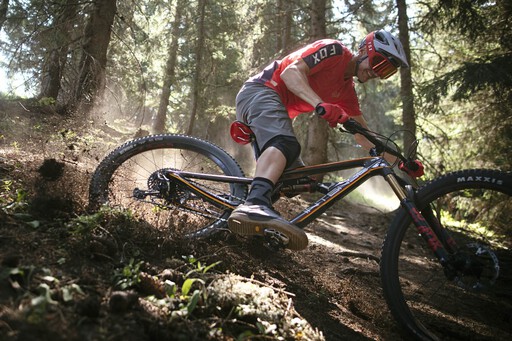
Balancing Price and Quality
It’s tempting to go for the cheapest option, but when it comes to helmets, quality matters. A higher-priced helmet often offers better safety features, comfort, and durability. However, you don’t need to break the bank. There are many mid-range helmets that offer excellent protection and comfort. Remember, investing in a good helmet is investing in your safety and enjoyment of the sport.
There are several highly-regarded options on the market that are popular among riders for their balance of light weight, safety, and comfort. Here are a few top picks:
- Oakley DRT5: This helmet, designed in collaboration with professional cyclist Greg Minnaar, offers excellent ventilation and a unique eyewear storage feature. It’s known for its comfort and adjustability, making it a great choice for trail riders.
- Kask Rex: The Kask Rex is another popular option, particularly known for its comfort and lightweight design. It includes features like a visor with adjustable tilt and an integrated action camera mount.
- Lazer Z1 MIPS: Lazer’s top-of-the-line helmet, the Z1, combines light weight with superior ventilation and safety features. The inclusion of MIPS adds an extra layer of rotational impact protection.
- Scott Stego MIPS: This helmet is designed for aggressive trail riding, offering a great combination of coverage, ventilation, and safety features, including MIPS technology.
- Cannondale Ryker AM MIPS: This helmet is a solid choice for trail riders, offering a good balance of protection, comfort, and price. It includes MIPS technology and has an adjustable visor and fit system.
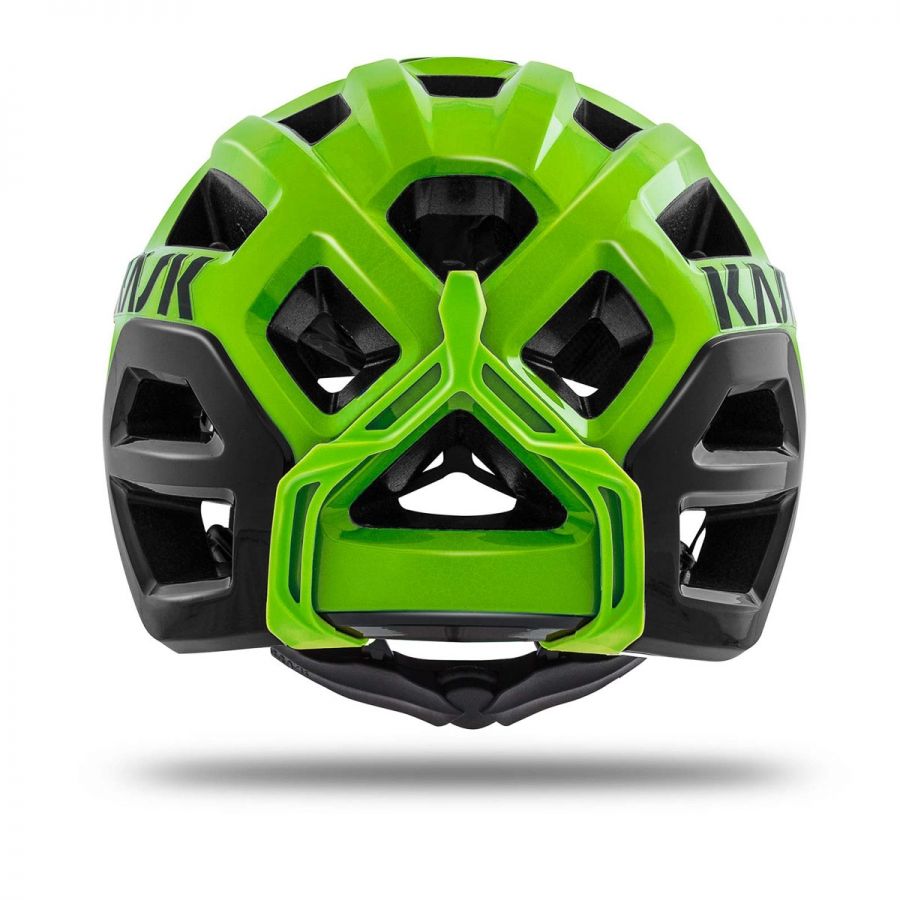
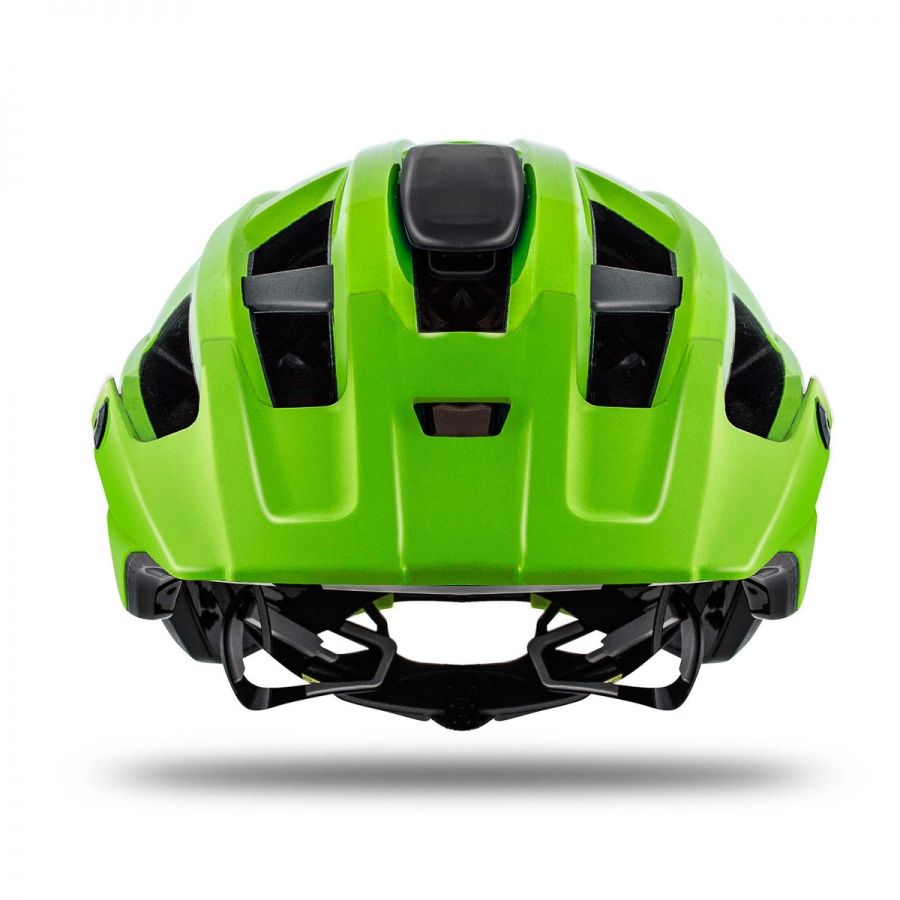

FAQ
What helmet do I need for MTB?
For mountain biking (MTB), you need a helmet that is specifically designed for off-road use. Look for a helmet that offers good coverage, particularly at the back of the head, is lightweight, has ample ventilation, and includes safety features like MIPS (Multi-directional Impact Protection System). Fit and comfort are also crucial, so ensure it fits well and is adjustable.
What is the best helmet for mountain biking?
The ideal mountain biking helmet depends on personal requirements and style, however, helmets such as the Smith Forefront 2, Troy Lee Designs A2 MIPS, and Specialized Ambush with ANGi are often recommended for their excellent balance of safety features, comfort, effective ventilation, and technologies like MIPS for added protection against rotational forces.
Can I use a regular bike helmet for mountain biking?
Yes, you can use a regular bike helmet for mountain biking, but it may not offer as much protection or specific features (like enhanced rear head coverage and visors) as a helmet designed specifically for mountain biking.
Are expensive MTB helmets worth it?
Yes, expensive MTB helmets can be worth it for their advanced safety features, better comfort, superior ventilation, and enhanced durability, but it’s important to balance cost with your specific needs and budget.
Wrapping Up
Choosing the right helmet is a critical decision for any cyclist, especially in mountain biking where the risks are higher. Lightweight MTB helmets offer a fantastic combination of safety, comfort, and performance. They may cost a bit more, but the investment is worth it for the enhanced riding experience and peace of mind. Remember to always try on helmets before buying to ensure the best fit, and don’t skimp on quality.
Stay safe and happy riding!
John
